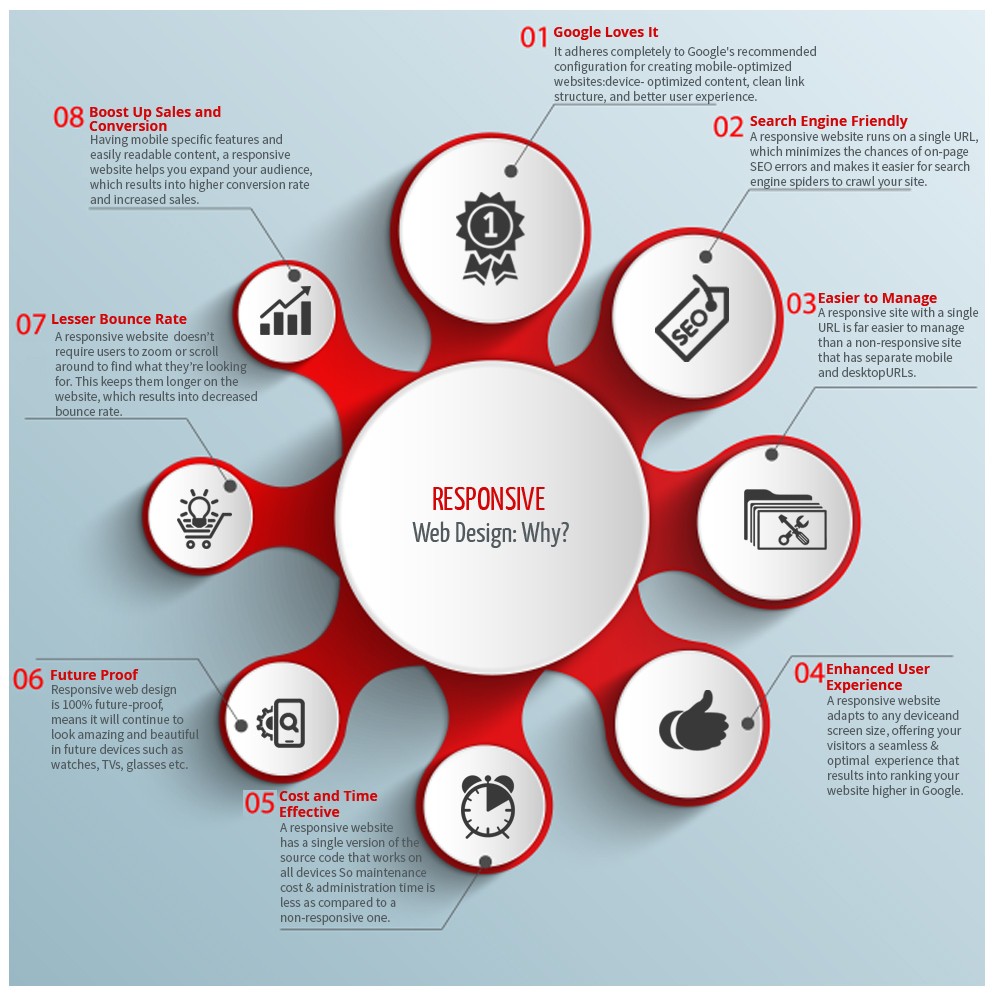The Advancement Of Web Design: After That And Now
The Advancement Of Web Design: After That And Now
Blog Article
Authored By-Johnsen Hejlesen
In the past, sites were simple and focused on information. Navigating was direct, and layout was for desktops. Currently, individual experience is vital. Information guides layouts for simple navigating. Responsive layouts suit various gadgets. Today, dark setting reduces stress, and minimalist food selections boost navigating. Interactive attributes engage users, and strong visuals attract attention. AI assimilation improves involvement. See exactly how design has developed to enhance your online journey.
Very Early Days of Web Design
In the early days of web design, simplicity preponderated. Sites were fundamental, with minimal shades, typefaces, and designs. The focus got on supplying details instead of showy visuals. Individuals accessed the internet with slow-moving dial-up connections, so speed and capability were vital.
Navigation food selections were straightforward, typically located on top or side of the web page. Sites were developed for home computer, as mobile browsing wasn't yet prevalent. Web content was king, and developers focused on very easy readability over intricate style elements.
HTML was the primary coding language made use of, and developers had to work within its constraints. Computer animations and interactive features were marginal compared to today's criteria. Sites were fixed, with little dynamic material or personalized customer experiences.
Rise of User-Focused Design
With the development of internet site layout, a shift towards user-focused design concepts has ended up being increasingly prominent. Today, producing internet sites that focus on individual experience is important for engaging visitors and attaining business goals. User-focused style includes recognizing the needs, choices, and habits of your target market to customize the internet site's layout, content, and features appropriately.
Developers now carry out detailed study, such as customer surveys and functionality screening, to collect insights and comments directly from users. This data-driven technique helps in creating intuitive navigation, clear calls-to-action, and aesthetically attractive interfaces that reverberate with visitors. By putting the individual at the center of the style process, websites can deliver an extra personalized and satisfying experience.
Receptive design has actually also emerged as a key element of user-focused layout, guaranteeing that websites are enhanced for different tools and display sizes. This adaptability enhances access and use, dealing with the diverse means individuals interact with internet sites today. Essentially, the rise of user-focused design signifies a change towards developing electronic experiences that focus on the requirements and expectations of completion user.
Modern Trends in Web Design
Explore the most up to date patterns forming web design today. One popular fad is dark setting layout, using a smooth and contemporary appearance while reducing eye stress in low-light settings. Another essential fad is minimal navigation, streamlining menus and enhancing customer experience by focusing on essential elements. Integrating micro-interactions, such as computer animated buttons or scrolling impacts, can develop a much more interesting and interactive internet site. Responsive style remains critical, making sure smooth individual experiences throughout numerous tools. Furthermore, making use of vibrant typography and asymmetrical designs can include aesthetic interest and accentuate specific content.
Incorporating AI innovation, like chatbots for client support or individualized recommendations, boosts customer interaction and improves procedures. Access has also become a substantial fad, with designers focusing on comprehensive layout techniques to cater to varied individual needs. Welcoming sustainability by enhancing web site efficiency for rate and performance is one more arising trend in website design. Teaming up with customer responses and information analytics to repeat and boost design constantly is important for staying appropriate in the ever-evolving digital landscape. By accepting these modern trends, you can develop a visually enticing, easy to use web site that reverberates with your audience.
Conclusion
As you review the evolution of website design from the early days to currently, you can see just how user-focused design has become the driving force behind modern-day trends.
Accept relevant resource site of change and adjustment in web design, always keeping the user experience at the forefront.
Tippingpointdigital
Stay current with the current trends and innovations, and never ever quit advancing your technique to create aesthetically magnificent and user-friendly sites.
Progress, adapt, and create - the future of web design remains in your hands.
